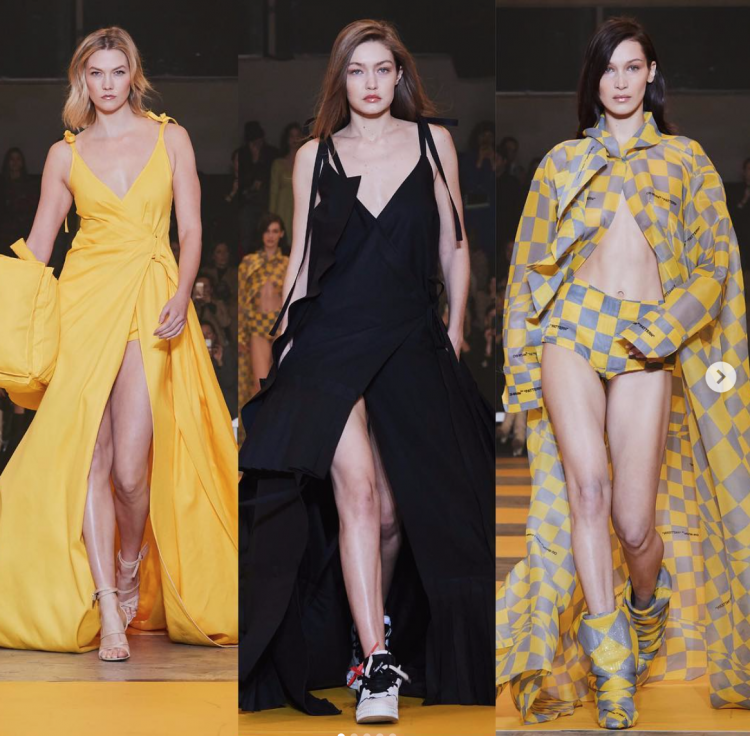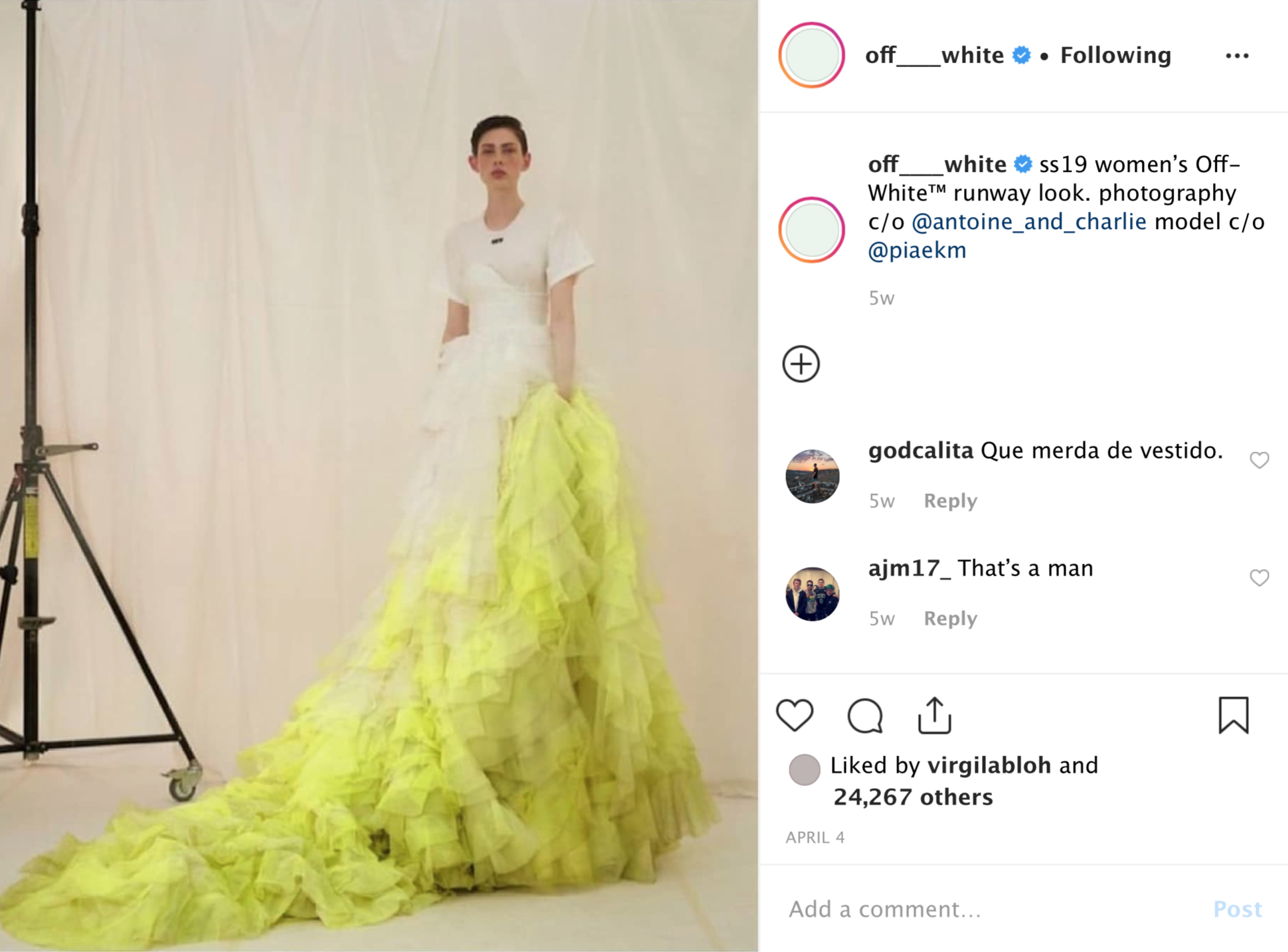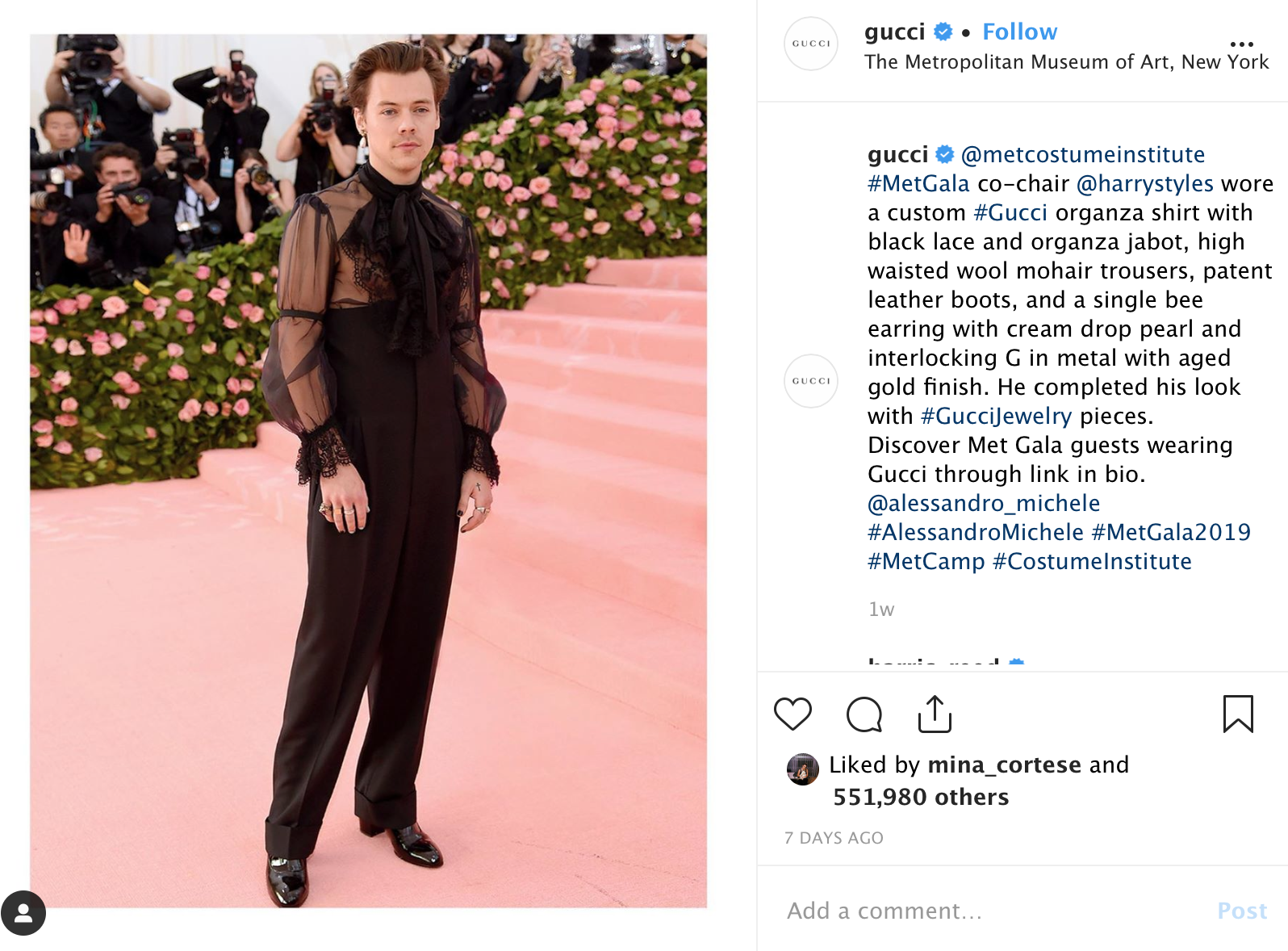Street Wear Couture

The Paris Haute Couture Week ended in January, but what was seen on the runway was more often than not a testament to the rise of “street wear couture.” Take Chanel, for instance: the most anticipated show of the week ended with a bathing suit and a veil, when the show generally closes with the most intricate and spectacular dresses you’ve ever seen.
You can either call it a stroke of genius, or the decline of one of the biggest names in fashion.
You choose your cup. Either way, this event constitutes an undeniable proof that the dynamic in high fashion has changed drastically. On and off the runway, it is clear the industry is covering new ground. For now, the sight of sneakers on catwalks during haute couture season is a reality. But, what prompted this shift in the fashion industry?
Street wear is not a new phenomenon. It has been developing since the '70s as a result of the influence of subcultural movements, such as hip hop and skateboarding. Initially, it was considered to be casual clothing worn for comfort. In the 90s, the creation of brands dedicated to street wear, such as Supreme, enabled the trend to hit a new level. With the concept of “drops,” the brand created a feeling of exclusivity because not everyone was able to get their hands on the clothes.
Today, brands such as Off-White and Vêtements have taken it to yet another sphere, with simple sweaters selling at €700 or more. To do so, brands had to rely on social media and influencers, who created not only a trend in street wear but a lifestyle surrounding it, one extremely appealing to the younger generation, which has become obsessed with the style as a result.
Kylie Jenner. Image credit: Instagram/ kyliejenner.Speaking on a podcast right after the 2018 Met Ball, John Galliano, the creative director of Paris-based fashion house, Maison Margiela, shared, “When you saw some of those younger kids, it was their interpretation of black tie, and that was so inspiring to see. The idea is that there are other options.”
And this is exactly what "street wear couture" is about: taking haute couture that the greats of fashion have developed and making it your own.
Virgil Abloh, one of the pioneers of couture street wear, in an interview for the New York Times, confided, "I love this idea that Off-white can go from, like, a study graphic t-shirt all the way to a wedding dress.”
Ss19 women's Off-White. Image credit: Instagram/ off_white.At a time when self-expression and self-love are such relevant topics, haute couture street wear gives people the ability to show their true self, rather than hide behind a mask of expectations and standards. It has shattered all the norms and limitations of fashion, such as gender restrictions that dictate to people what they can and cannot wear depending on their gender, enabling people to liberate themselves from any barriers that were formerly instated, and expressing their personality freely through clothes. Street wear has broken barriers in that it has altered gender-conformism to the point where some brands have stopped categorizing their clothing altogether. And with that trend came more acceptance of people wearing clothes with less attention to gender barriers.
Harry Styles at the 2019 Met Gala. Image credit: Instagram/ gucci.Designers and buyers alike have been paying less and less attention to standards when it comes to gendered clothing and past rules of what couture should look like, and that is extremely promising. Not only does it foreshadow a more inclusive industry, but it also makes room for more creativity. Wear joggers with your Vivienne Westwood corset, and you will look fabulous.










